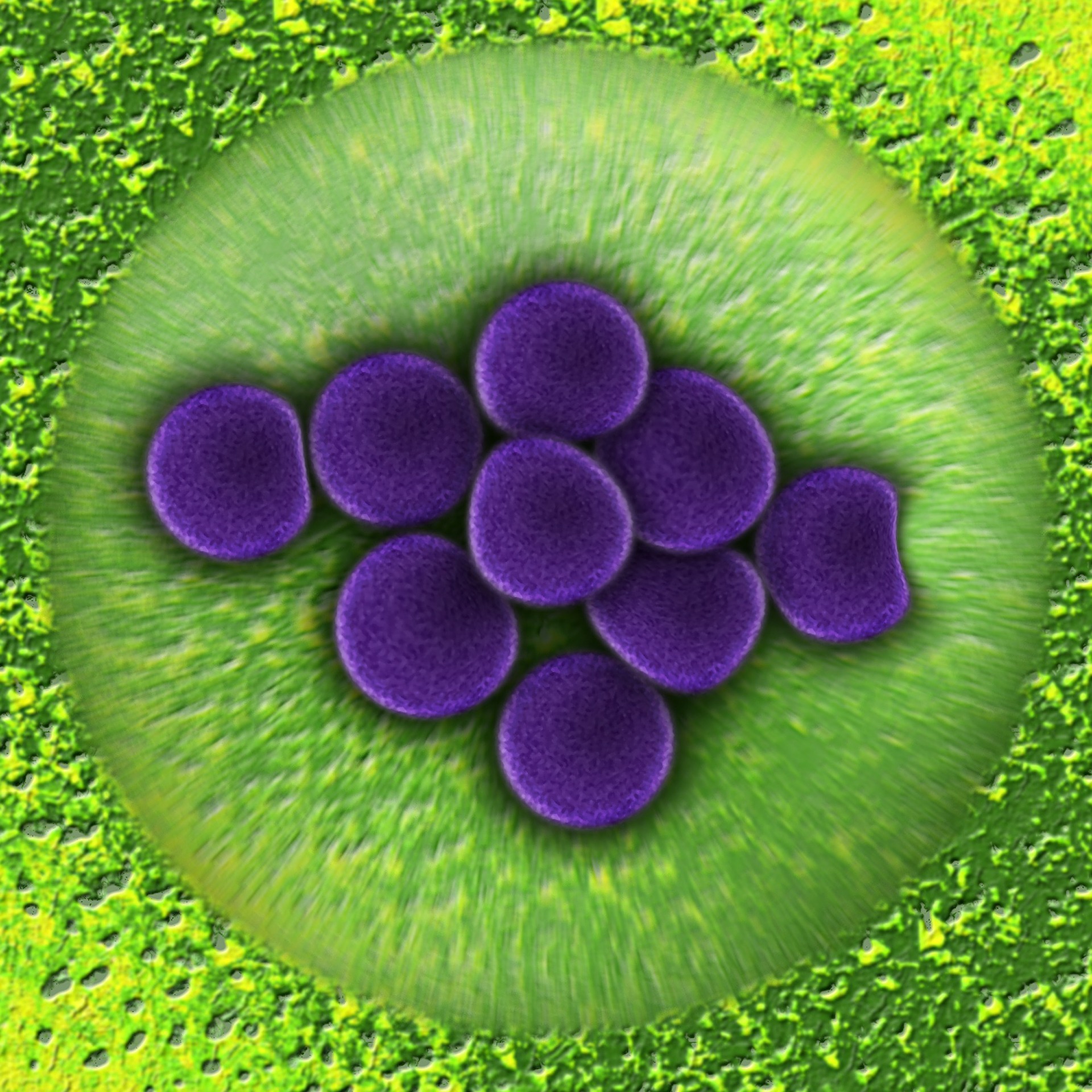Início Relato epidemiológico da resistência de Staphylococcus aureus resistente a meticilina em unidades...
Staphylococcus aureus

Relato epidemiológico da resistência de Staphylococcus aureus resistente a meticilina em unidades de atendimento intensivo
Resumo:
Introduction: S. aureus infections have become common, but with a change in the number of healthcare-associated infections. With the short time of penicillin use, S. aureus adapted, developing resistance to penicillin and, in sequence, resistance to methicillin called MRSA. Objective: This study aims to evaluate the epidemiology of methicillin-resistant Staphylococcus aureus isolates in a medium-sized hospital in the interior of the state of Minas Gerais, for 36 months. Material and methods: 158 samples were recovered, all resistant to methicillin (MRSA), inside and outside the Intensive Care Units (ICU), submitted to the inducible resistance test iMLSB, evaluation of penicillinase production, besides of the resistance test to other antimicrobials. Results and discussion: The main isolates were samples found in patients older than 66 years, men, in the ICUs, producing penicillinases (76.6%) and 10.8% expressing inducible resistance to MLSB. Final considerations: The epidemiological survey can play a fundamental role in the process of adequate treatment of patients with bacterial infections by multidrug-resistant microorganisms, in the actions to contain the spread and the profile of the main affected patients.
Keywords: Staphylococcus aureus, multidrug resistence, penicillinase.
Expandir Resumo
Acessar Texto Completo

